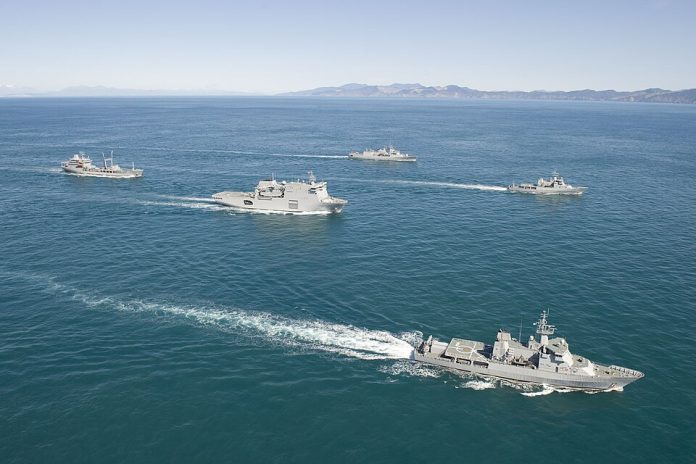
“Power projection is not a slogan – it’s a signal.” The arrival of the USS Gerald R. Ford Carrier Strike Group in the U.S. Southern Command area of responsibility is among the most significant maritime deployments in the Western Hemisphere in recent years. This is more than just fleet presence it is a well-thought-out part of a larger-scale campaign, hinged on the dismantling of transnational criminal organizations and countering narco-terrorism.
Comprising over 4,000 Sailors, advanced aircraft, and integrated warfighting assets, the Ford Strike Group brings unrivaled capability to a region increasingly challenged by illicit trafficking networks. The deployment comes in concert with a newly intensified counter-narcotics strategy that blends military precision with interagency coordination. Here are nine key aspects of the operation, including its strategic weight and technological depth.
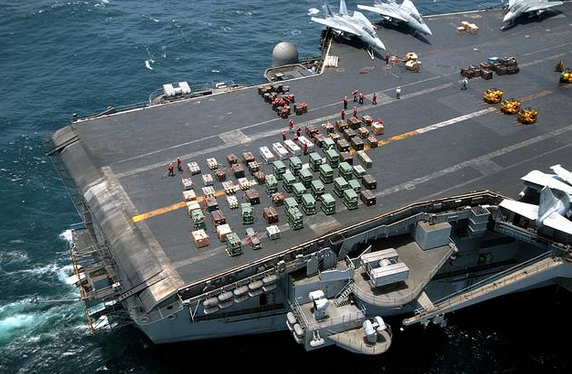
1. Largest Warship Ever Deployed to the Region
The USS Gerald R. Ford is the largest warship ever put to sea by the U.S., displacing over 100,000 tons and stretching 1,100 feet long. Commissioned in 2017, it is the first of its class, succeeding the Nimitz-class carriers with a leaner crew-about 20 percent fewer personnel-due to advanced automation and more efficient systems. Its two nuclear reactors generate three times the electrical power of its predecessors, enabling systems like the electromagnetic aircraft launch system (EMALS) and advanced weapons elevators that increase sortie rates and munitions handling speed.
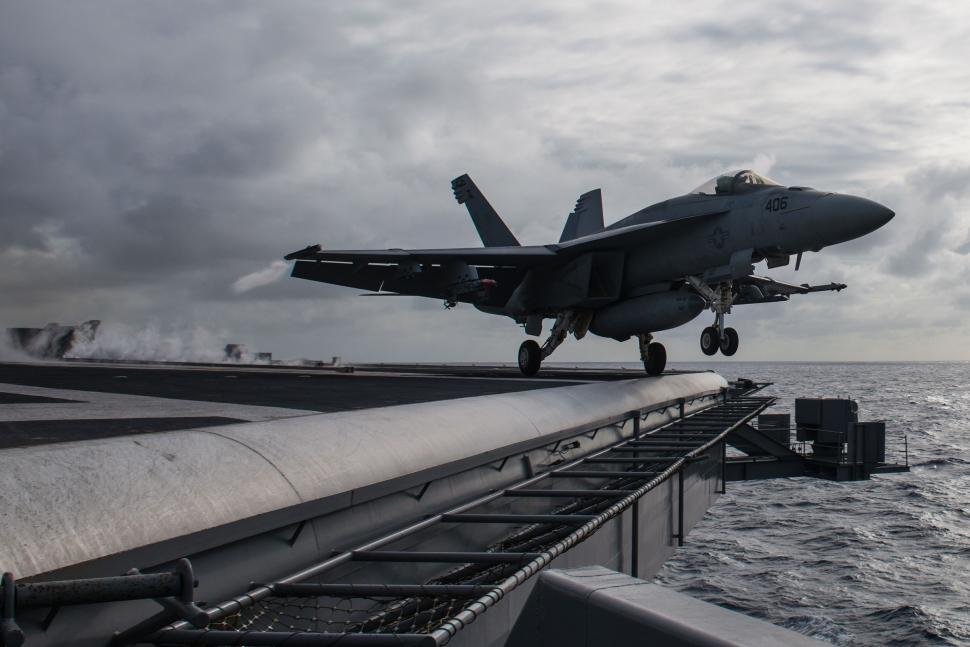
2. Improved Flight Deck and Aircraft Handling
The Ford’s flight deck is wider, with a smaller island structure repositioned to reduce congestion and increase efficiency in aircraft movement. EMALS provides for faster, heavier payloads launched Advanced Arresting Gear provides for smoother recoveries. These translate into higher operational tempo, so critical for sustained maritime interdiction and rapid-response missions throughout the Caribbean and Eastern Pacific.
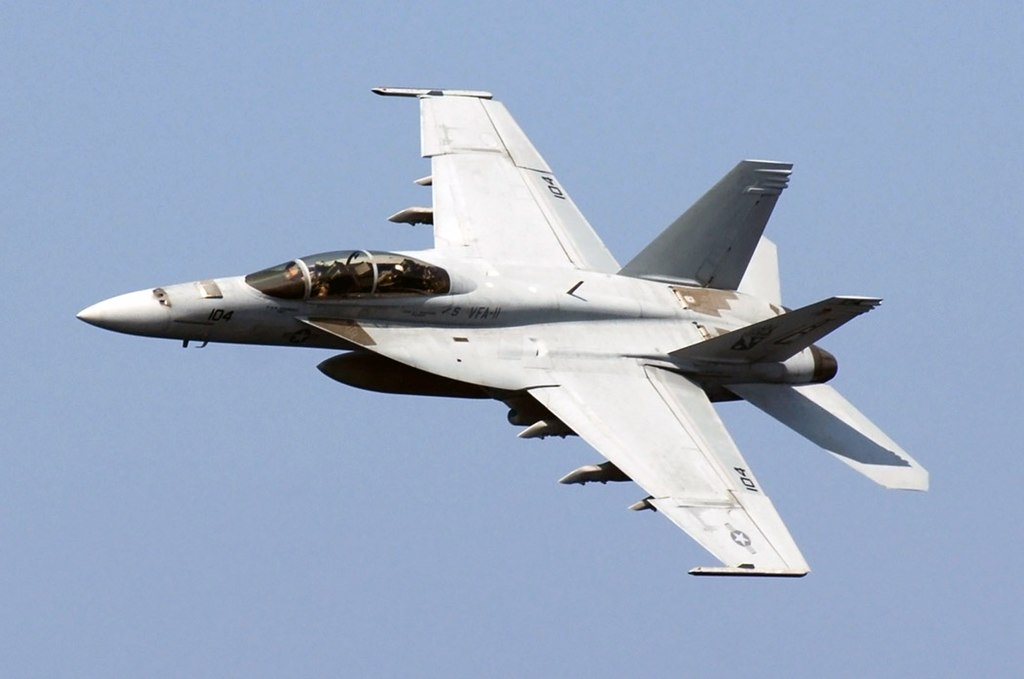
3. Combat Power of Carrier Air Wing Eight
Nine embarked squadrons bring a formidable mix of capabilities, including strike and air superiority with F/A-18E/F Super Hornets, electronic warfare with E/A-18G Growlers, airborne command and control with E-2D Advanced Hawkeyes, sea control and anti-submarine warfare with MH-60S and MH-60R Seahawks, and logistics with C-2A Greyhounds. The air wing provides layered defenses and offensive reach to enable the precision targeting of illicit trafficking vessels and infrastructure.

4. Integrated Air and Missile Defense Leadership
The USS Winston S. Churchill is an Arleigh Burke-class Flight IIA destroyer that serves as the strike group’s integrated air and missile defense commander. Part of the greater trend in the Navy, where Flight IIA destroyers continue to assume responsibilities previously entrusted to Ticonderoga-class cruisers. Equipped with the Aegis Combat System and vertical launch systems, Churchill leads the strike group in the detection, tracking, and engagement of air threats, allowing the protection of the force through high-tempo operations.
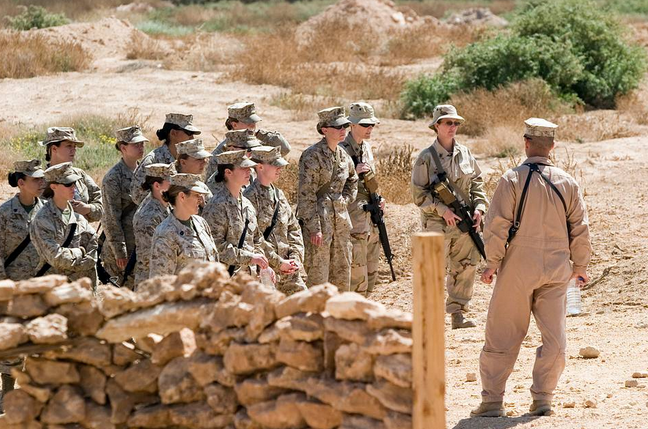
5. Joint Task Force Coordination
The Ford Strike Group will operate in conjunction with the Iwo Jima Amphibious Ready Group and Marine Expeditionary Unit under a Joint Task Force from the U.S. Marine Corps’ II MEF. This Task Force brings together maritime, air and intelligence assets to defeat criminal networks. Its mission extends beyond interdiction to include disrupting organizational infrastructures, stopping financial flows, and treating designated drug cartels as foreign terrorist organizations.
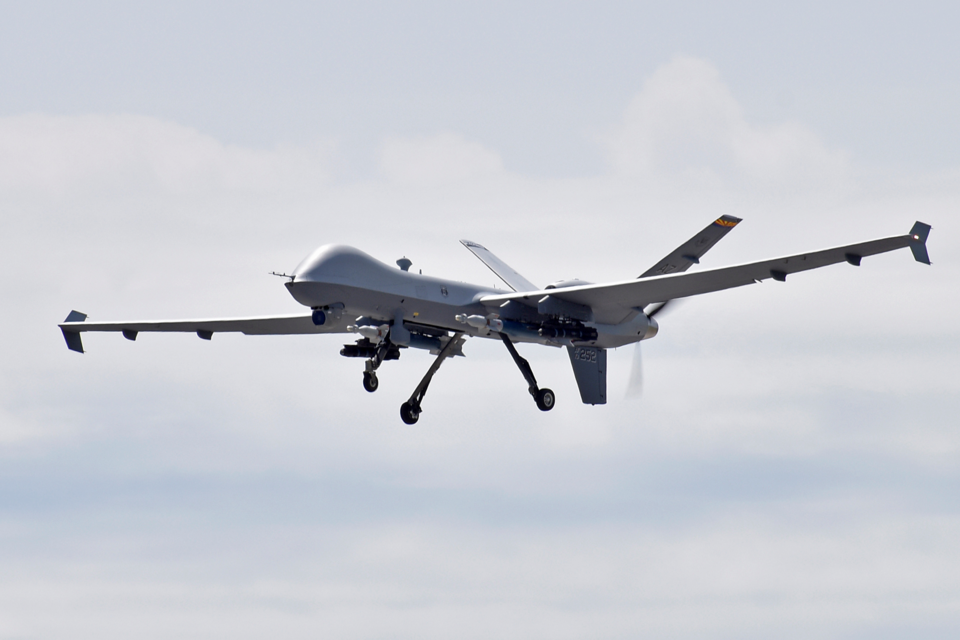
6. Expanded Rules of Engagement
The legal position of the current administration holds that designated cartels are “unlawful combatants,” permitting lethal force usage without declarations of war by Congress. Such strikes have killed more than 70 people aboard suspected drug boats since September 2025, many carried out by MQ-9 Reaper drones and AC-130 Ghostrider gunships. While effective at neutralizing targets, these actions have drawn criticism from allies-most notably, the U.K., which paused intelligence sharing over legal concerns.

7. Regional and International Partnerships
It is responsible for a total of 31 countries and 12 dependencies, thus making cooperation even more necessary. The Joint Task Force cooperates with other partners such as Colombia and Mexico while striving for deeper integration with European maritime security bodies. Partnership offers increased information sharing, access to a wider operating area, and added legitimacy when working in legally contested environments.
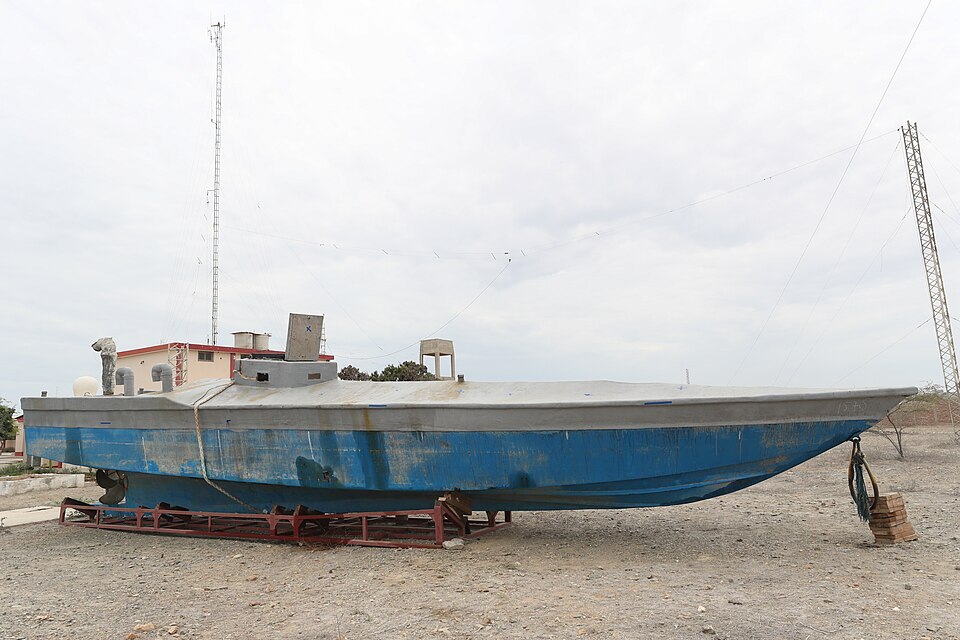
8. Technological Advantage in Counternarcotics
Beyond traditional interdiction, the task force utilizes advanced ISR assets to detect new and evolving smuggling tactics, including unmanned “narco-subs” and aerial trafficking. Real-time data fusion from Navy, Coast Guard, and allied sensors enables rapid targeting decisions. The Ford’s onboard systems can process and disseminate intelligence across the fleet, accelerating the kill chain against illicit actors.

9. Strategic Signaling in the Western Hemisphere
The deployment of the Ford Strike Group sends an unmistakable message of deterrence to state and non-state actors alike. “Through unwavering commitment and the precise use of our forces, we stand ready to combat the transnational threats that seek to destabilize our region,” said Adm. Alvin Holsey. But beneath the headlines of American determination to preserve maritime superiority and protect the homeland, it exercises the Navy’s ability to sustain complex, multi-domain operations distant from its main theaters.
The entry of USS Gerald R. Ford into the Fourth Fleet is more than a routine deployment it represents a crucible where advanced naval engineering, evolving operational doctrine, and strategic counternarcotics policy converge. Combining emergent technologies with joint force integration, the United States is well-placed to counter adaptive threats in the Western Hemisphere with a growing array of precision and persistence. The coming months will determine if this unique blend of deterrence and disruption can achieve lasting impact against the networks it targets.
